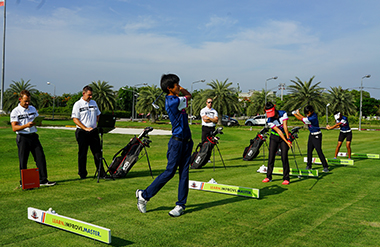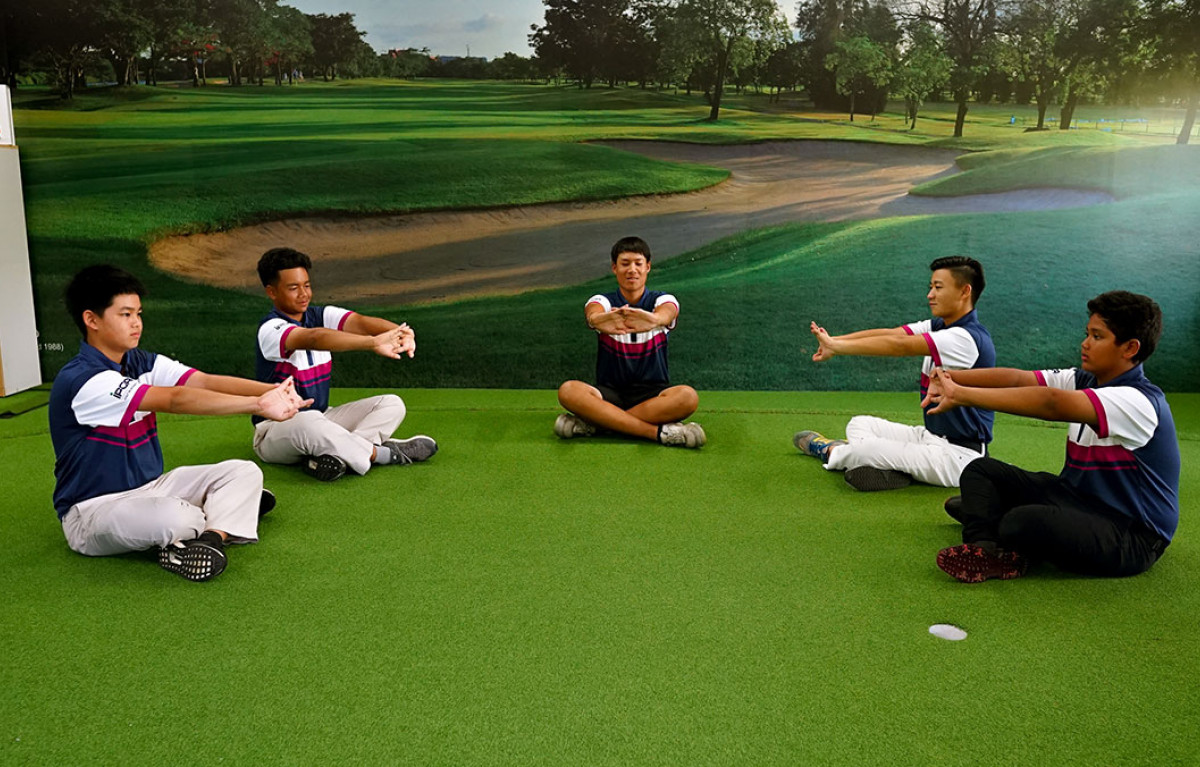以下是有关正念在运动中的影响的一些信息和研究。
生理变化
可以通过适当实施的渐进式正念训练来优化心理准备,而最佳心理准备可以增强生理准备。 基于正念的干预已导致多种生理效应,例如赛前唾液皮质醇降低、赛前压力降低(John,Verma,&Khanna,2011)、静息心率降低(Hewett,Ransdell,Gao,Petlichkoff和 Lukas,20011)并降低了疼痛敏感性(Kingston,Chadwick,Meron和Skinner,2007; Zeiden,Gordon,Merchant和Goolkasian,2010)。 这些生理效应可以增强运动表现,还可以降低运动员倦怠的风险。 正念训练也可以帮助运动员提高注意力和减轻焦虑,这可能会提高运动成绩(Bernier等,2009; Gardner&Moore,2004)。
通过调节对潜在压力源的反应,可以降低感知的压力,并通过发展对呼吸的意识,练习正念的人可能对其交感神经系统产生镇定作用,从而降低其静息心率(Hewett等,2011)。 较低的静息心率会导致更有效的心肺功能和更大的耐力,从而改善身体机能,并降低体力消耗。 此外,有思想的人可能会意识到他们改变交感神经系统的能力(Hewett等人,2011),这可能导致更大的控制感,从而减少焦虑感。
心理
正念的运动员可能会提高对内部和外部刺激的认识和接受度,这可以使他们将注意力和精力投入到运动表现上(Moore,2009)
正念或非判断性的当前时刻意识,可以帮助运动员提高专注力,从而帮助他们提高运动表现(Bernier,Thienot,Codron和Fournier,2009; Gardner和Moore,2004)。
正念、无判断意识或专注于当前时刻(Kabat-Zinn,1994年; Schmidt和Kupper,2012年; Ulmer,Stetson和Salmon,2010年)使运动员能够体验并反思每个时刻,而无需查看和反应这种情况或时刻是积极的还是消极的(Bernier等,2009; Gardner&Moore,2004; Thompson,Kaufman,De Petrillo,Glass和Arnkoff,2011)。
正念还可以使运动员意识到个人的思想、感觉和其他内部刺激,并鼓励运动员专注于个人价值观或与体育有关的技能和游戏策略的过程,而不是专注于表现结果(Pineau,Glass和Kaufman,2014) 。
对当下的了解和接受可能会使运动员减少对消极思想的关注,这可能会为运动员提供更多的精力和注意力来处理手头的运动任务(Pineau等人,2014)。
正念可以使人们将注意力集中在当下,而不是过去,也不必担心未来。 另外,正念可以运动员懂得如何控制自身的思想,而不是改变或阻止他们的思想(Bernier等,2009; Gardner&Moore,2004)。 这对运动员很重要,因为对过去或将来表现的关注可能会阻止他们表现出最佳成绩或享受运动。
References
- Bernier, M., Thienot, E., Codron, R., & Fournier, J. F. (2009). Mindfulness and acceptance approaches in sport performance. Journal of Clinical Sport Psychology, 4, 320 333.
- Gardner, F. L., & Moore, Z. E. (2004). A Mindfulness-Acceptance-Commitment-Based approach to athletic performance enhancement: Theoretical considerations. Behavior Therapy, 35, 707-723.
- Hewett, Z. L., Ransdell, L. B., Gao, Y., Petlichkoff, L. M., & Lucas, S. (2011). An examination of the effectiveness of an 8-week Bikram yoga program on mindfulness, perceived stress, and physical fitness. Journal of Exercise Science & Fitness, 9(2), 87-92.
- John, S., Verma, S. K., & Khanna, G. L. (2011). The effect of mindfulness meditation on HPA-Axis in pre-competition stress in sports performance of elite shooters, National Journal of Integrated Research in Medicine, 2(3), 15-21.
- Kabat-Zinn, J. (1994). Wherever you go, there you are: Mindfulness meditation in everyday life. New York: Hyperion.
- Kingston, J., Chadwick, D., Meron, C., & Skinner, T. C. 2007. A pilot randomized control trial investigating the effect of mindfulness practice on pain tolerance, psychological well-being, and physiological activity. Journal of PsychosomaticResearch, 62(3), 297-300.
- Lemyre, P.-N., Roberts, G. C., Stray-Gunderson, J. (2007). Motivation, overtraining, and burnout: Can self-determined motivation predict overtraining and burnout in elite athletes? European Journal of Sport Science, 7(2), 115-126.
- Mamassis, G., & Doganis, G. (2004). The effects of a mental training program on juniors’ pre-competitive anxiety, self-confidence, and tennis performance. Journal of Applied Sport Psychology, 16(2), 118-137.
- Moore, Z. E. (2009). Theoretical and empirical developments of the Mindfulness-Acceptance-Commitment (MAC) approach to performance enhancement. Journal of Clinical Sport Psychology, 4, 291-302.
- Pineau, T. R., Glass, C. R., & Kaufman, K. A. (2014). Mindfulness in sport performance. In A. le, C. T. Ngnoumen, & E. J. Langer (Eds.), The Wiley Blackwell handbook of mindfulness (Vol. II, pp. 1004-1033). Chichester, U.K.: John Wiley & Sons.
- Schmidt, S., & Kupper, Z. (2012). German contributions to mindfulness research, part 1: Context and concept of mindfulness. Mindfulness, 1-3.
- Stavrou, N. A., Jackson, S. A., Zervas, Y., & Karteroliotis, K. (2007). Flow experience and athletes' performance with reference to the orthogonal model of flow. Sport Psychologist, 21(4), 438-457.
- Thompson, R. W., Kaufman, K. A., De Petrillo, L. A., Glass, C. R., & Arnkoff, D. B. (2011). One-year follow-up of Mindful Sport Performance Enhancement (MSPE) with archers, golfers, and runners. Journal of Clinical Sport Psychology, 5, 99-116.
- Ulmer, C. S., Stetson, B. A., & Salmon, P. G. (2010). Mindfulness and acceptance are associated with exercise maintenance in YMCA exercisers. Behaviour Research and Therapy, 48(8), 805-809.
- Zeiden, F., Johnson, S. K., Diamond, B. J., David, Z., & Goolkasian, P. (2010). Mindfulness meditation improves cognition: Evidence of brief mental training. Consciousness and Cognition, 19, 597-605.




